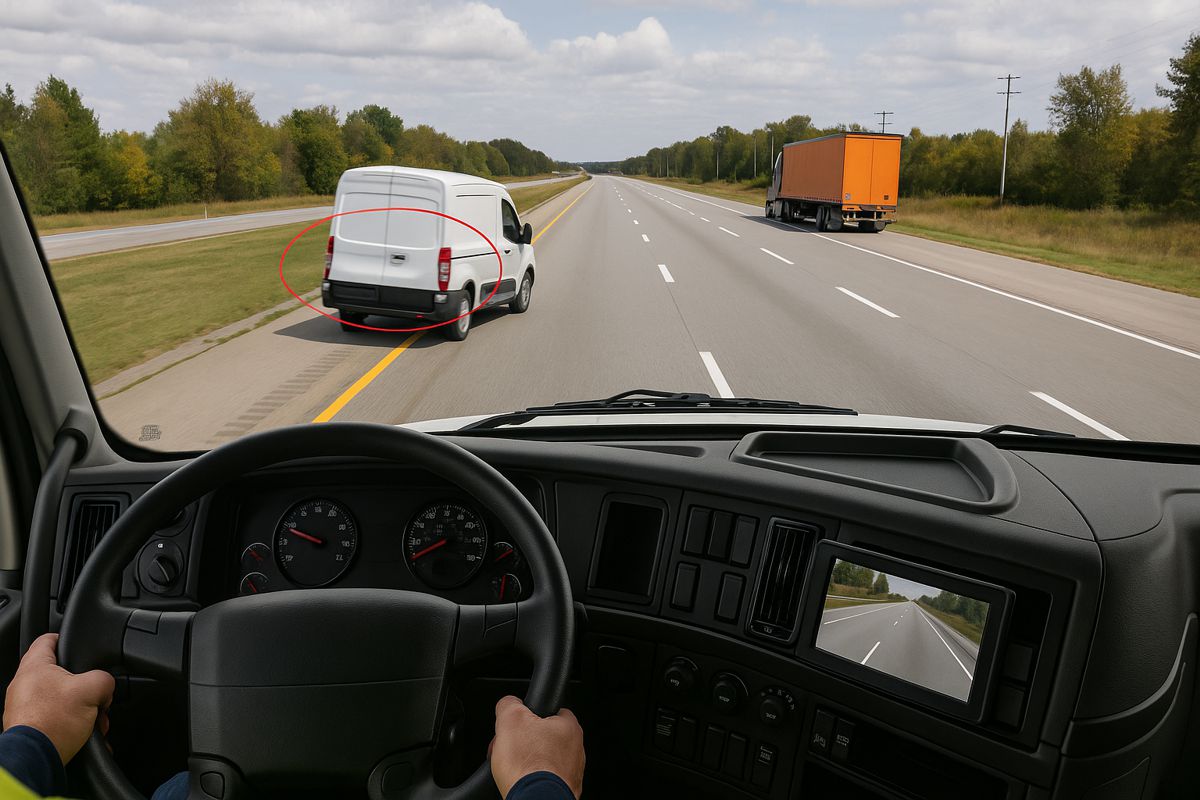Fall-Winter Driving Preparation – Essential Tips for All Vehicles
Winter weather demands more from vehicles than most drivers realize. Icy roads, freezing temperatures, and low visibility are relentless challenges that put even the most robust trucks and fleet vehicles to the test. But preparation isn’t just a matter of keeping your vehicle moving—it’s about ensuring every trip ends safely.
For those managing fleets in construction or logistics, the stakes are even higher. A breakdown on a freezing highway could mean more than delays—it might mean downtime, extra costs, or even dangerous situations. Winter-readiness is not just smart; it’s essential for efficiency, safety, and business continuity.
When the cold hits hard, having everything in place can make all the difference. Smart maintenance now avoids costly setbacks later. As you brace for the season ahead, don’t leave anything to chance. Ensure every vehicle—personal or fleet—is ready to face the unpredictable challenges winter brings. Stay proactive, stay prepared, and keep your operations running smoothly.
Inspect and Maintain Windshield Wipers
Winter visibility can be the difference between safe driving and dangerous conditions, especially in snowstorms or heavy rain. Windshield wipers are often overlooked, but they play a crucial role in keeping the road ahead clear. Over time, wiper blades wear out, leaving streaks or missing patches of rain and snow.
For fleet managers and drivers operating in demanding environments, ensuring windshield wipers are winter-ready is essential. A quick inspection can reveal cracks or hardening in the rubber, signalling it’s time for a replacement. Wipers that struggle to clear water or ice compromise safety, especially in fast-paced industries.
When preparing vehicles for winter, upgrade to robust wiper blades built for your car model to handle cold weather efficiently. For example, if you’re driving a Honda or a Volkswagen, find Volkswagen windshield wiper blades–or a Honda version for that matter–instead of generic windshield wipers. Do not compromise visibility in the winter.
Battery Check and Replacement
Cold weather places a significant strain on vehicle batteries, especially in heavy-duty trucks or fleet vehicles. Low temperatures can reduce battery capacity, making it harder for engines to start. The last thing you want is a vehicle stuck on-site or stranded on a snowy highway due to a dead battery.
Fleet managers should schedule battery checks as part of winter preparation. Testing voltage, inspecting for corrosion, and ensuring secure connections are key steps in preventing unexpected failures. For older batteries, it’s worth considering a proactive replacement before the harshest conditions hit.
Reliable batteries are crucial for any vehicle, but especially for those in construction or logistics, where downtime impacts schedules and revenue. Carrying portable jump starters or spare batteries ensures you’re ready for emergencies, keeping your operations running smoothly through the toughest winter days.

Fluid Levels and Engine Oil Adjustments
Freezing temperatures can affect a vehicle’s fluid levels and the performance of its engine oil, especially in cold climates. Antifreeze, brake fluid, and transmission fluid levels should be checked frequently as they are crucial for ensuring your vehicle remains reliable in winter conditions. Antifreeze, in particular, helps prevent your engine from freezing or overheating.
For fleet vehicles and personal cars alike, consider switching to winter-grade engine oil. Thicker oils can struggle in cold weather, making it harder for engines to run smoothly. Winter-grade oils flow more easily in low temperatures, ensuring your engine starts quickly and runs efficiently.
Regular checks on these fluids help avoid costly engine issues and breakdowns. Fleet managers should ensure this maintenance is part of the winter prep routine for all vehicles, preventing fluid-related failures that could halt operations when roads are most difficult to navigate.
Tire Health and Pressure Monitoring
Winter driving demands exceptional tire performance, especially in industries like construction and logistics, where vehicles frequently operate in challenging conditions. As temperatures drop, tire pressure decreases, reducing traction and making vehicles more prone to slipping on icy roads. Regular tire pressure checks are essential to ensure your vehicles maintain optimal grip and safety.
For fleet managers, monitoring tire health goes beyond just pressure. Inspect tires for signs of wear, such as balding or uneven tread, which can worsen in cold weather. Consider switching to winter tires specifically designed to handle snow and ice, providing better traction and durability in harsh conditions.
Prioritize consistent tire maintenance across your fleet to prevent accidents and costly repairs. Incorporating routine inspections and timely replacements will keep vehicles road-ready and your operations running smoothly throughout the winter months.
Essential Lighting and Visibility Enhancements
During fall and winter, shorter daylight hours and severe weather conditions increase the importance of proper vehicle lighting. Whether managing a fleet or driving a personal vehicle, ensuring all lights—headlights, taillights, and fog lights—are functioning optimally is vital. Well-lit vehicles are easier to spot on dark, foggy, or snow-covered roads, reducing the risk of accidents.
Visibility is key when operating in construction zones or on busy highways. Ensure all exterior lights are clear of snow and dirt build-up, and replace any dim or broken bulbs immediately. Consider upgrading to LED lights, which provide brighter, more reliable illumination in low-visibility conditions.
Fleet managers should enforce regular light inspections as part of routine vehicle checks. Visibility is not just about convenience; it’s a fundamental safety measure that protects both drivers and the equipment they’re responsible for.

Heating and Defrosting Systems
A well-maintained heating and defrosting system is essential for both comfort and safety during the colder months. For drivers, the ability to keep the windshield clear of frost or ice can make a significant difference in visibility, particularly when traveling during early mornings or late evenings when temperatures are at their lowest.
Fleet managers should ensure that all vehicles’ HVAC systems are functioning optimally before the cold season hits. Regular maintenance, such as checking for leaks in the heater core or ensuring the defrost mode is working properly, can prevent malfunctions. A faulty system decreases driver comfort and also slow down operations in freezing temperatures.
Keeping these systems in peak condition reduces the risk of breakdowns, which can result in delays, and protects drivers from harsh winter conditions. Proactive checks will also help prevent issues from escalating, ensuring smooth operations throughout the season.
Emergency Supplies for Safety
Winter emergencies can happen at any time, and having the right supplies on hand can be life-saving. Each vehicle should be equipped with essential items, such as blankets, non-perishable food, water, a first-aid kit, and a flashlight with extra batteries. These basics help drivers stay safe and comfortable if they are stranded or waiting for assistance.
Fleet vehicles operating in remote or high-risk areas should also include specialized tools. Jumper cables, tire chains, a portable shovel, and road flares are crucial for dealing with snow, ice, or mechanical failures in harsh conditions. These tools allow drivers to handle emergencies quickly, reducing downtime and risk.
Managers should ensure all drivers know how to use emergency supplies effectively. This preparation, combined with the right tools, increases driver safety and operational efficiency. When every vehicle is well-stocked and drivers are trained, unexpected winter conditions can be managed more smoothly.
Wrapping Up
Winter preparation isn’t just about avoiding inconvenience—it’s about ensuring safety, reliability, and operational efficiency. From maintaining tires to stocking emergency supplies, every step taken minimizes risk on the road, especially in harsh conditions.
Whether you’re maintaining a personal vehicle or an entire fleet, proactive measures will keep your operations running smoothly and reduce hazards throughout the colder months. In winter, preparedness is the key to staying safe and keeping business moving.




















